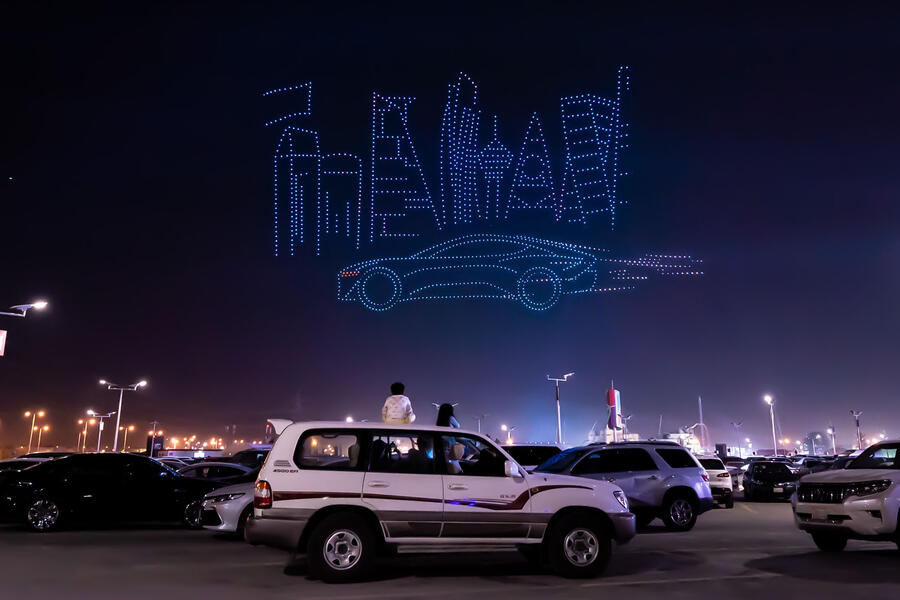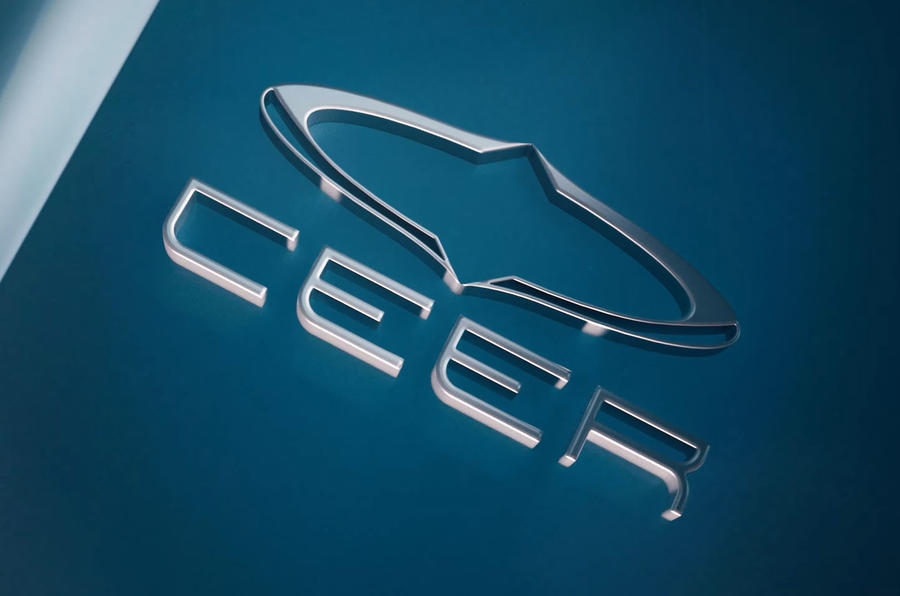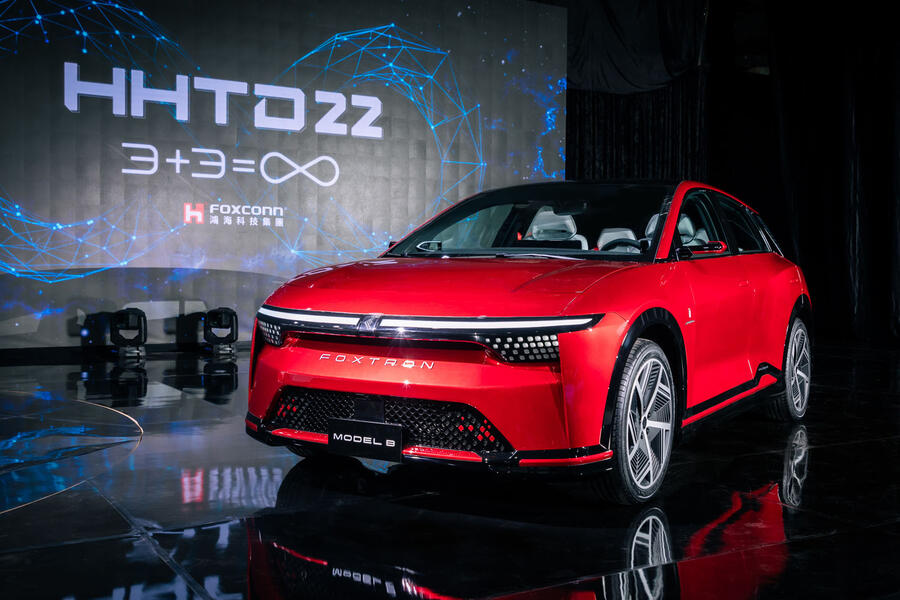Amid the shifting sands of the car industry, new players are emerging all the time – and now Saudi Arabia wants a bit of the action.
Six months ago, the Middle Eastern kingdom signalled its intent with the launch of a new electric car brand, Ceer – and while it has been relatively quiet since, there are plenty of reasons to take it seriously.
First, there’s the role it will play in finally establishing a car manufacturing industry in Saudi Arabia, something the country has been keen to pursue for some time – as was evidenced, for example, by talks with JLR about a prospective facility just over a decade ago.
Ceer also has significant backing from the formidable crown prince, Mohammed bin Salman, who sees it as a key part of his highly ambitious Vision 2030 plan to diversify the Saudi Arabian economy, creating thousands of jobs for local people and contributing £6.8 billion to the nation’s GDP.
Funding won’t be an issue, because Ceer is supported by the financial muscle of Saudi Arabia’s Public Investment Fund (PIF), which has already pumped big money into Aston Martin, Lucid and McLaren.
Away from the car industry, the benefits of PIF involvement have been emphatically proven in the sporting arena, where breathtaking investments in golf (the elite LIV tour), football (Newcastle United and investment within the Saudi football league) and boxing (heavyweight championship bouts) have ripped up established hierarchies.
Ceer, it is clear, will not be another impoverished start-up constantly scrabbling around for finance.

The ambition of the project is also reflected in the leadership team that has been assembled over the past few months. At the helm is CEO Jim DeLuca, previously of General Motors and boss of Vietnam’s Vinfast, while a stellar supporting cast of executives includes former McLaren design director Rob Melville, plus others from Tesla, Daimler and Lotus.







Add your comment